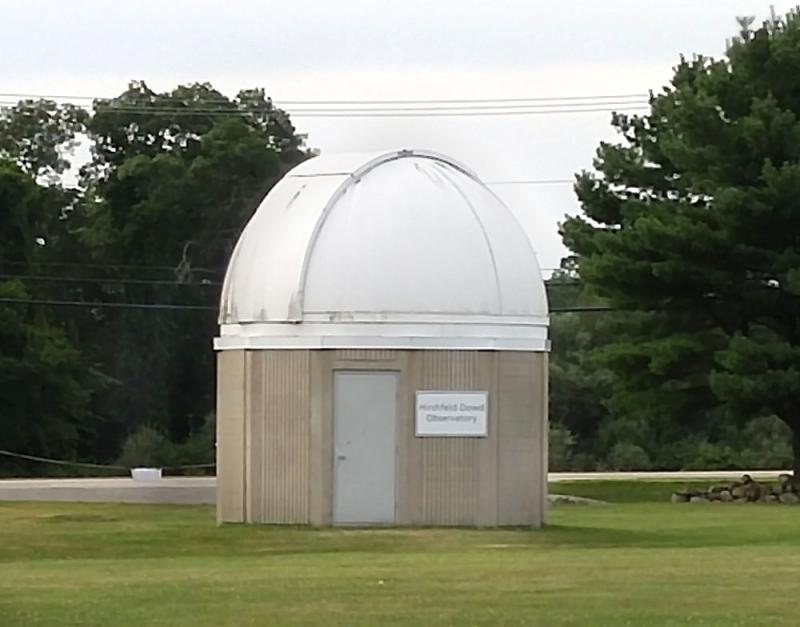How to view the solar eclipse in Dartmouth
On August 21, a solar eclipse will take place over the continental United States. Although South Coast residents will miss out on a total eclipse, there’s still plenty to see from Dartmouth with the right safety precautions.
That’s according to Dr. Robert Fisher, a physics professor at the University of Massachusetts Dartmouth. He explained that the phenomenon — where the moon passes directly between the sun and earth — typically occurs every 18 months, but the last total solar eclipse visible in the U.S. happened in 1979.
“Most of the time it’s somewhere over the ocean,” Fisher explained. “It’s rare for it to occur over land, and much rarer for it to occur over the continental United States.”
Those living along the “path of totality,” a narrow path stretching from Oregon to South Carolina, will have the best view of the total eclipse, Fisher said. Enthusiasts have been booking hotel reservations in that area for the past few years, he added.
That doesn’t mean sky watchers in Dartmouth won’t see anything, however, as the region is still in the path of a partial solar eclipse. About 65 percent of the sun will be blocked out at the peak of the eclipse, said UMass Dartmouth Professor Alan Hirshfeld, who manages the observatory.
The eclipse can be viewed from anywhere in town with a clear and unobstructed view of the sky and horizon between 1:29 p.m. and 4:01 p.m. The best time to check is at 2:45 p.m. during the peak of the event – but not without the right safety equipment.
“You must always wear eclipse sunglasses when viewing the eclipse directly,” Fisher said.
Looking directly into the sun can be damaging, and normal sunglasses are not designed for that kind of viewing. Look for purpose-built eclipse sunglasses with ISO certification; they can be purchased online, as they are sold out in many stores.
Special filters are needed for binoculars, telescopes, and cameras, even if the user is wearing eclipse sunglasses. The glass in these devices can focus sunlight to harmful levels. Filters can be purchased online, or from camera stores like K. Ellis Photo on Faunce Corner Road, Fisher said.
He also recommended building a "pinhole projector" using a cardboard box and aluminum foil. The device works similarly to a camera, directing sunlight from the eclipse into the box through a hole made with a pin, and projecting it onto a piece of paper or cardboard. The eclipse is then viewed from inside the box.
UMass Dartmouth and the Society of Physics Students will host a solar eclipse viewing party at the university’s observatory, 2-3:30 p.m. The event is free to attend, and ISO-certified eclipse sunglasses will be provided.
Interested in seeing a total solar eclipse without leaving town? Fisher estimated that you will need to wait about 60 years. Rhode Island and Massachusetts will have a direct view for the May 1, 2079 solar eclipse, he said.














